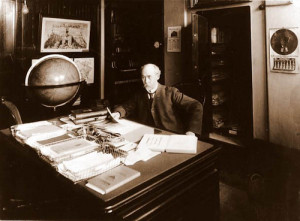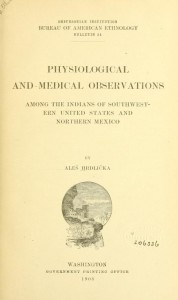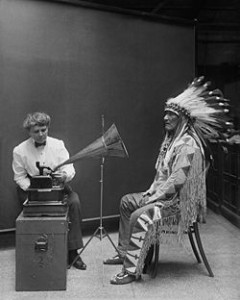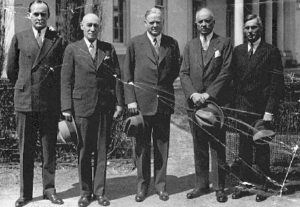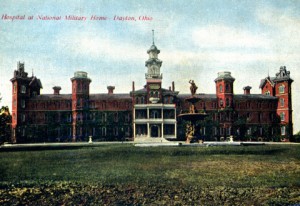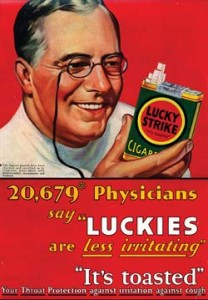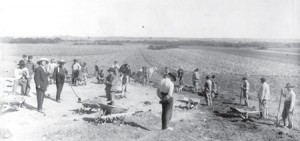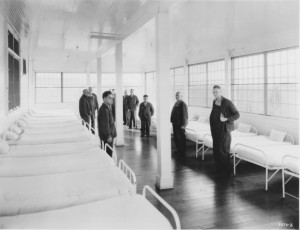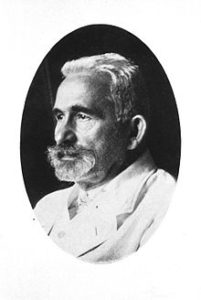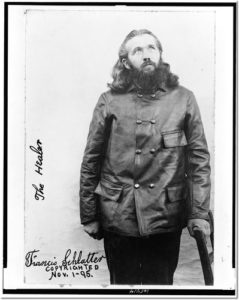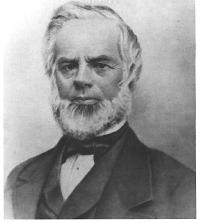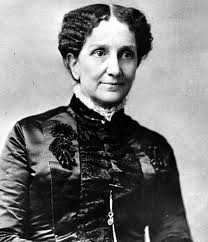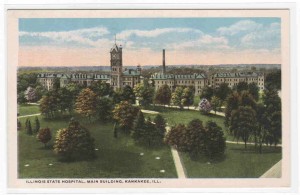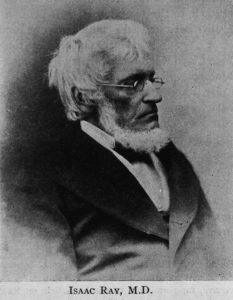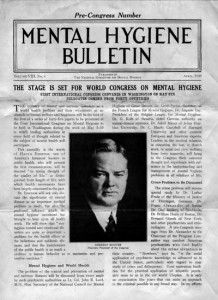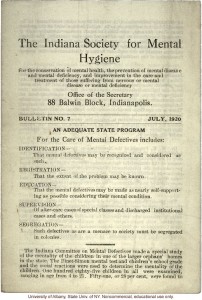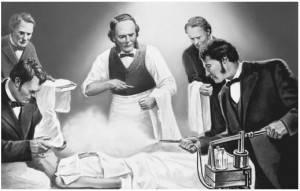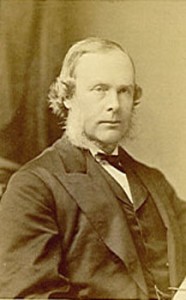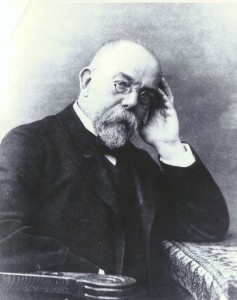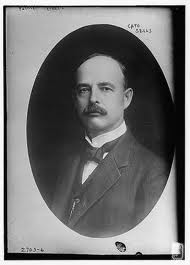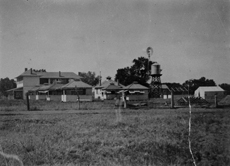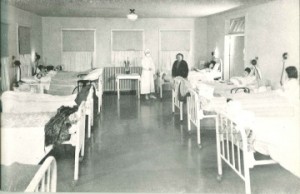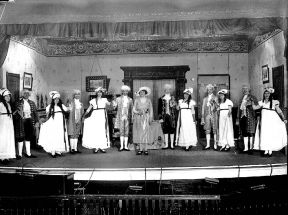Many early explorers had observed that the Native American population held few insane members. Most of these observations were based on personal experience by individuals, but the federal government eventually made the same observation. In a bulletin (actually a lengthy book) published in 1908 by the Smithsonian Institute Bureau of American Ethnology, authors had this to say after field researchers turned in their findings:
“There were reported in all, 48 cases of insanity of all forms from 26 localities, no cases existed in 76 localities. Of the 48 cases, 33 were among males and 15 among females . . . . The total Indian population reported upon amounting in round numbers to 125,000, the proportion of insane is 1 to 2,730 or 0.38 per 1,000, against 1 to 552 or 1.81 per 1,000 among whites.”
Earlier in the book, they had written: “Of nervous and mental disorders headache is quite common; vertigo is heard of occasionally; hysteria of light-to-moderate form is met with occasionally in growing-up girls; tremors occur in those addicted to drink; epilepsy and weak-mindedness are quite rare . . . insanity and paralysis are very infrequent, and high-grade idiocy is almost unknown. Of many nervous or mental pathological conditions nothing at all could be learned.”
______________________________________________________________________________________
